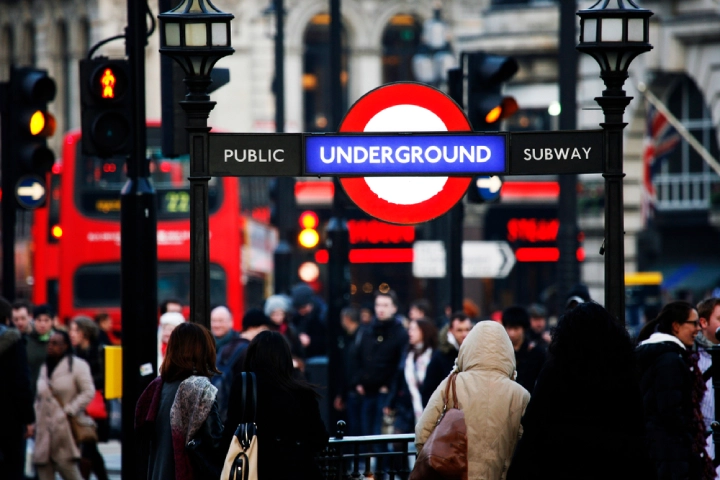
With the impacts of climate change and gradually hotter summers year by year, catching the tube in London is becoming more of a sport. During a heatwave, in particular, it even becomes dangerous from a health point of view.
Even if, so far, there is no heatwave predicted for summer 2023, scorching temperatures are already appearing, touching 30C. Underground, this translates to airless and sweltering journeys.

But what are London’s hottest tube lines, exactly? And why are they so warm?
Which are London’s hottest tube lines?
The temperature on board the London tube relies on many different factors: the size of the tunnel, the depth, the ventilation available, and the number of trains and people bustling through it.
The deep-level lines, under the surface, are usually the hottest trains in London and air-con is not an option as there is not enough space in the carriages and, in addition, there is nowhere for the heat to actually go once the air-con tries to release it.
Gizmodo put out a Freedom of Information (FOI) request to TfL in 2016, and the transport company gave some answers regarding which one of London’s tube lines is the hottest.
The report revealed that the Bakerloo line is in the first position, with an average temperature of 27C. This particular line also registered an impressive temperature of 42C in 2019, as recorded by thermal imaging company Flier.
In the second position, on the other hand, is the Central line, which reaches an average temperature of 26.1C. In 2018, the red-coloured line reached 35.5C, which is 5.5C beyond the EU limit to transport cattle. In the third position, the Northern line follows with a 25.2C average.
Which are London’s coolest tube lines?
The coolest line ever, according to TfL’s FOI, is the Waterloo line, which averages at around 21.1C.
Since the report was published, some of the already-cool tube lines rolled out new trains with built-in air-conditioning, therefore the registered 2016 temperatures are today likely to be lower.
For instance, the Metropolitan line had an average of 23.3C degrees, alongside the Circle line, the District and Hammersmith & City. However, over 190 new trains substituted the older ones since then. Air conditioning is definitely a factor to keep in mind, but also the fact that all four of those lines are “sub-surface lines” contributes to their lower temperature.
Overground and DLR trains are, usually, also better ventilated than regular tube lines. They both operate above ground, and the combination of being above ground and air conditioning puts the Overground in the first place, followed by the DLR.
Read more: Five ways the UK can prepare for its next heatwave






